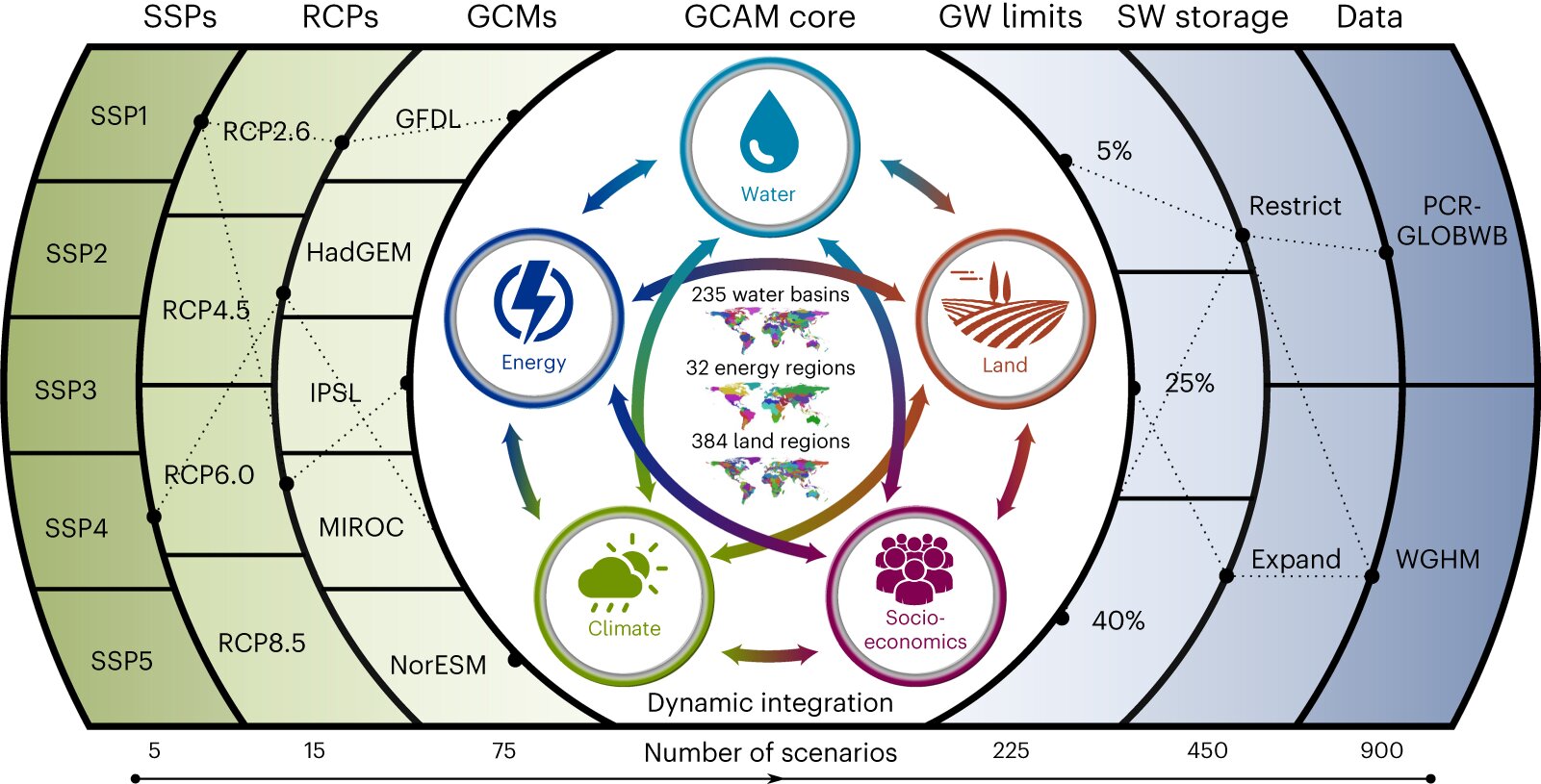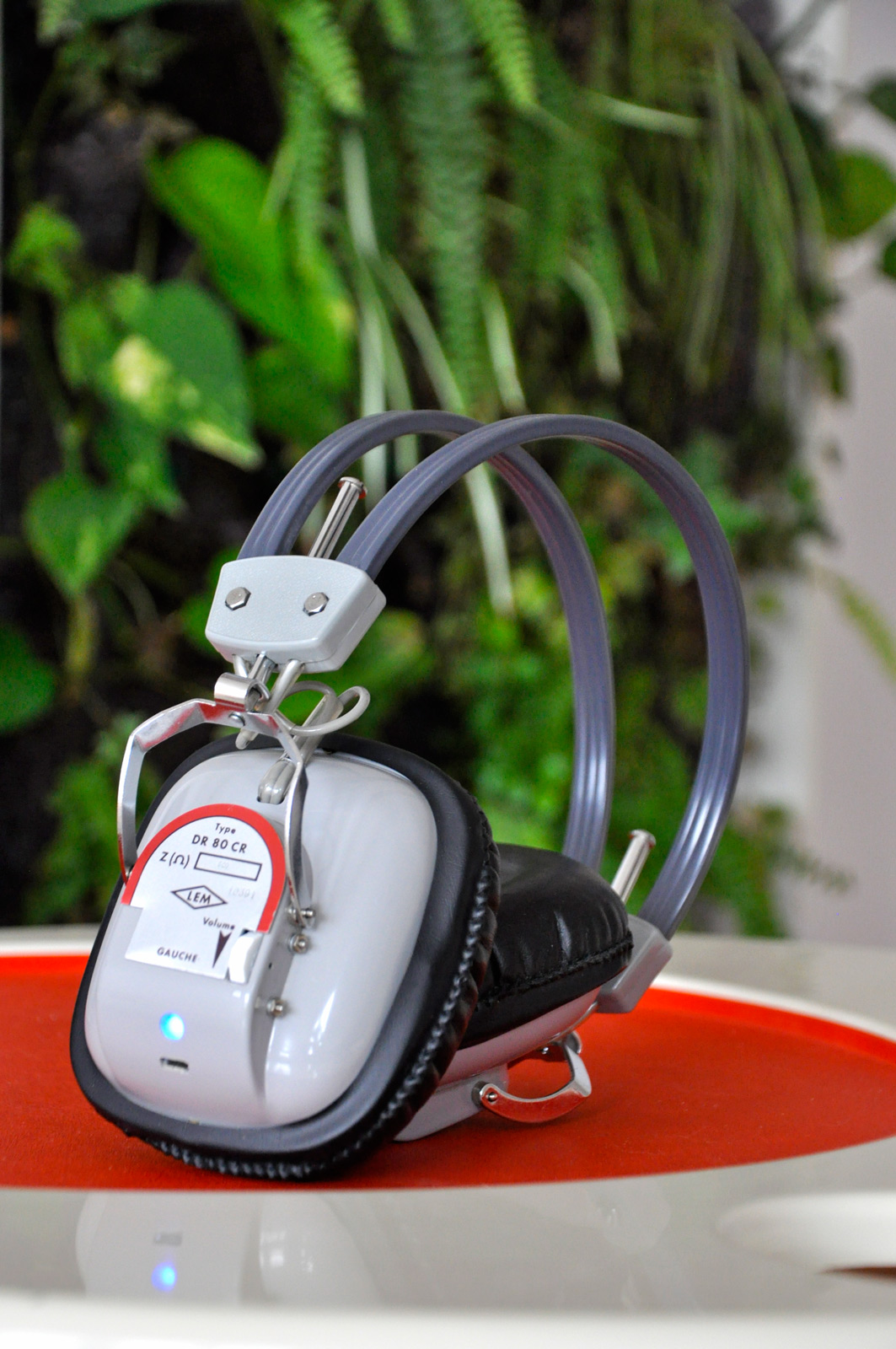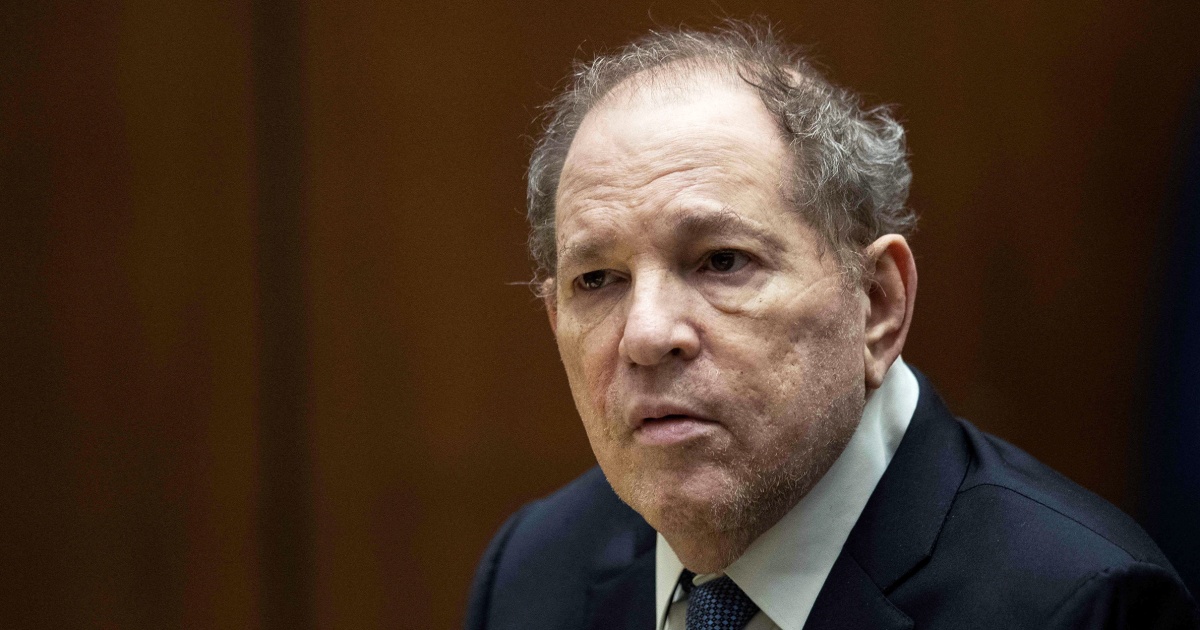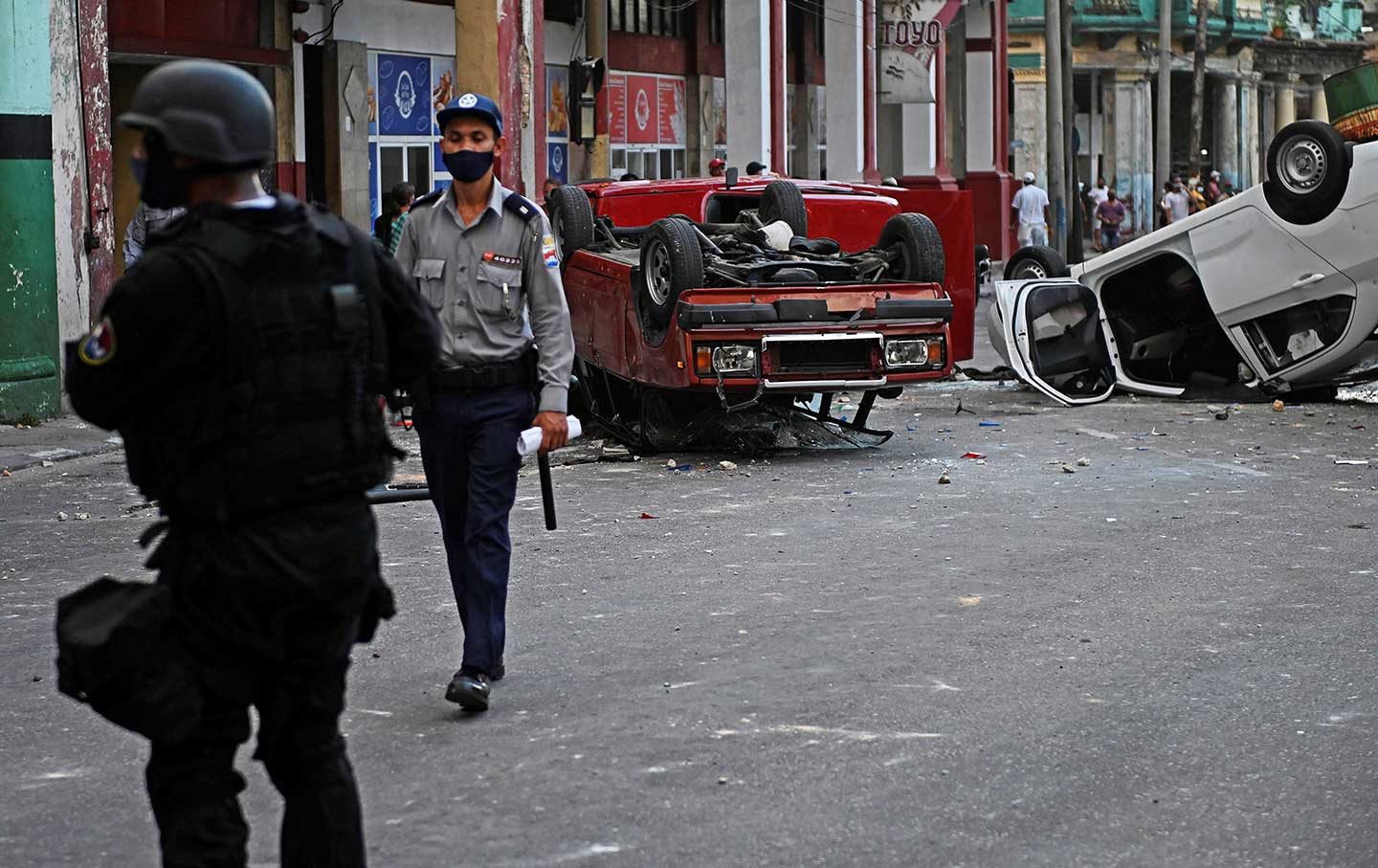
Cuba’s Protests Are Different This Time | The Nation
Overturned police cars in the street in the wake of a demonstration against Cuban President Miguel Diaz-Canel in Havana, on July 11, 2021. (Yamil Lage / AFP via Getty Images)
By signing up, you confirm that you are over the age of 16 and agree to receive occasional promotional offers for programs that support The Nation’s journalism. You can read our Privacy Policy here.
By signing up, you confirm that you are over the age of 16 and agree to receive occasional promotional offers for programs that support The Nation’s journalism. You can read our Privacy Policy here.
Never since the triumph of the Cuban revolution in 1959 have anti-government protesters mounted large, simultaneous demonstrations in cities across the island like they did last weekend. Some of the demonstrations were peaceful; others were little more than riots and an excuse for looting. But all were expressions of people’s economic desperation and frustration at the government’s inability to alleviate their current misery.
The Cuban government is broke. Over the past two years, it has lost every major source of foreign exchange earnings it had. The collapse of oil production in Venezuela cut the export of cheap oil to Cuba by half. US pressure convinced other Latin American governments to cancel medical services contracts with Havana and send Cuban doctors home. The Covid pandemic closed the tourism industry, cutting revenue by $3.2 billion. Just before leaving office, Donald Trump made it nearly impossible for Cuban Americans to send remittances, a loss of another $3.5 billion annually and a direct blow to more than half of Cuban families.






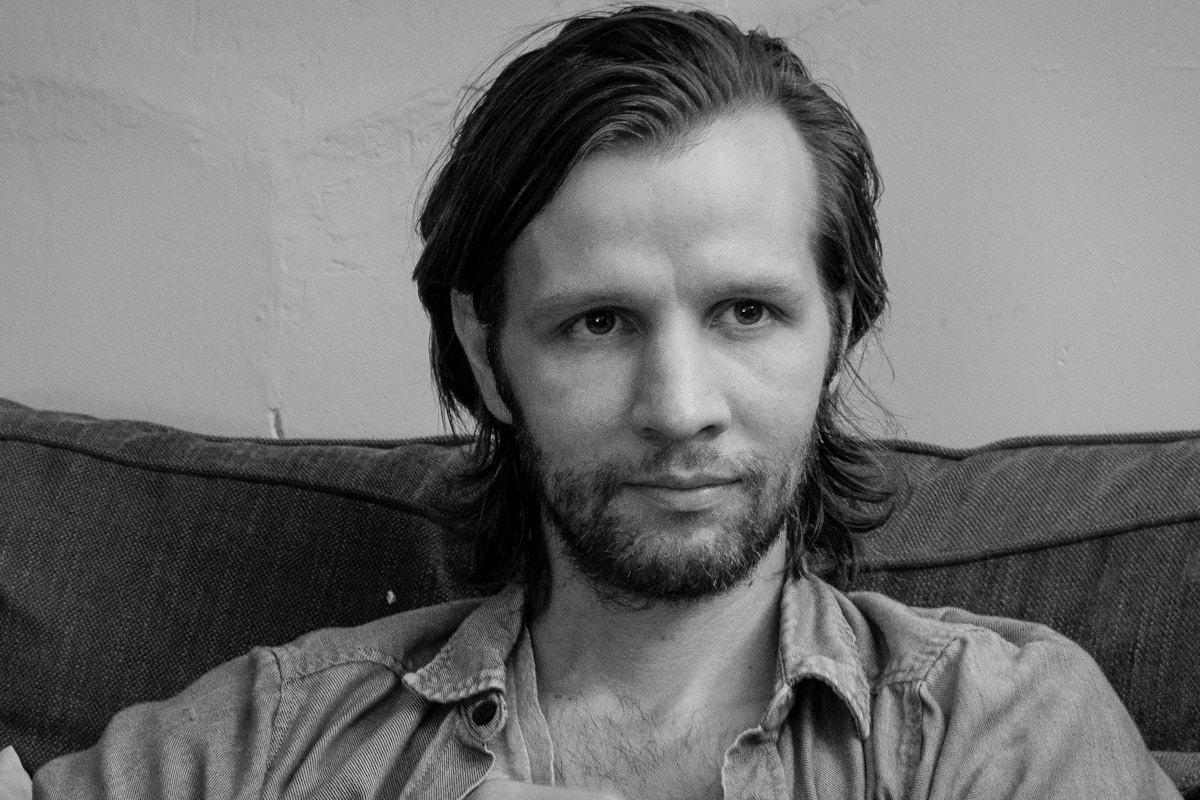



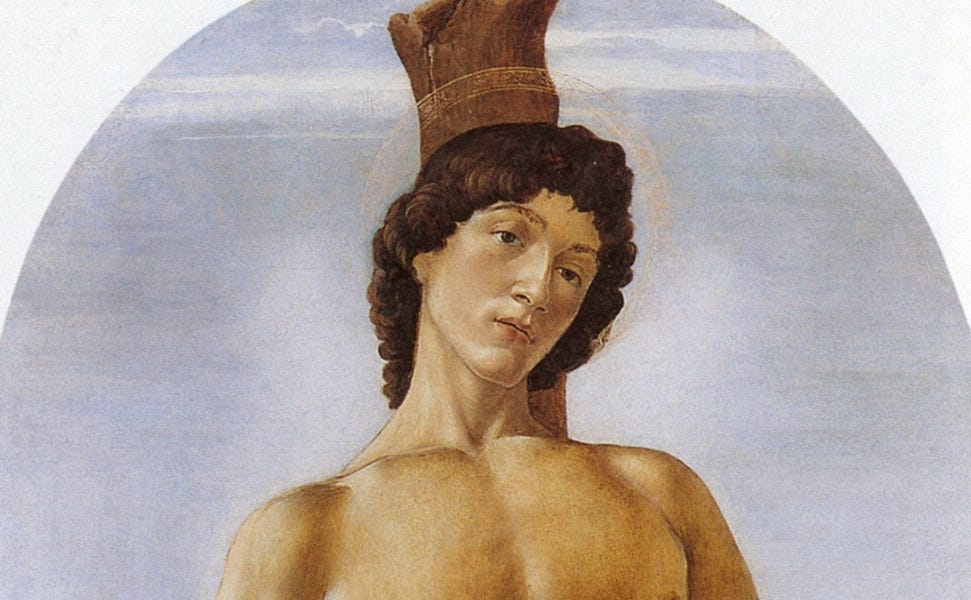
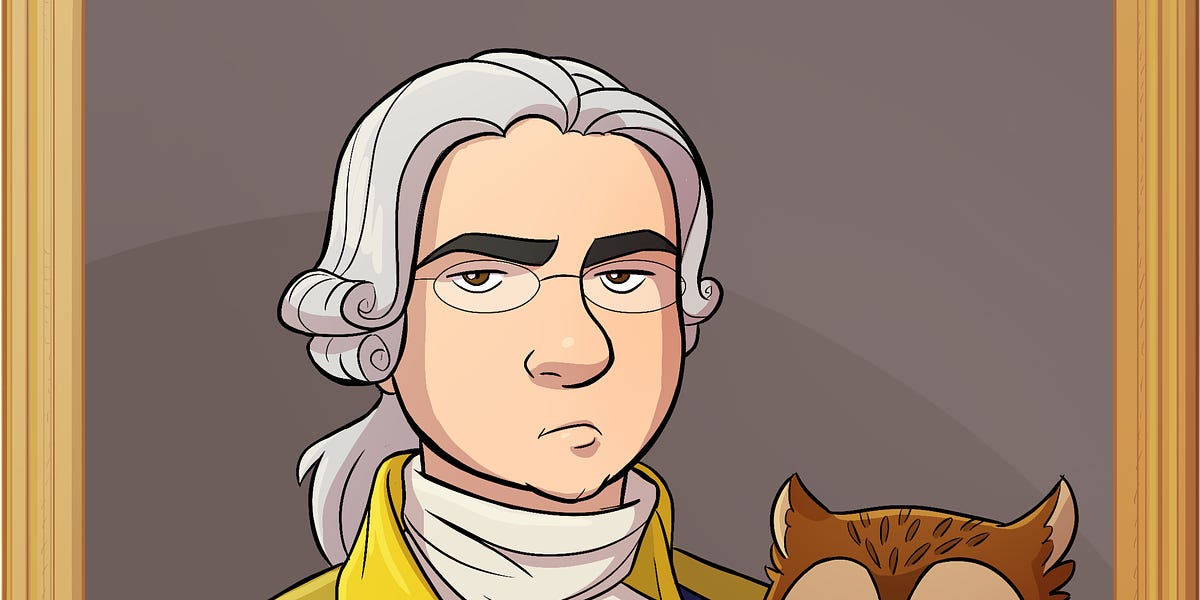
/cdn.vox-cdn.com/uploads/chorus_asset/file/25416369/STK473_NET_NEUTRALITY_CVIRGINIA_A.jpg)
